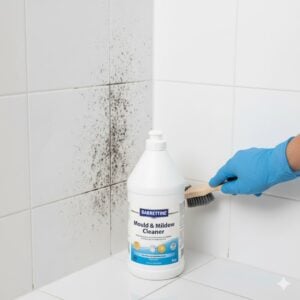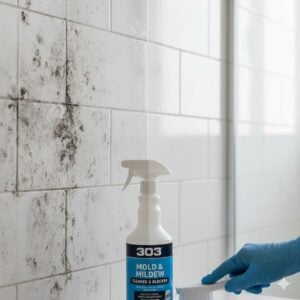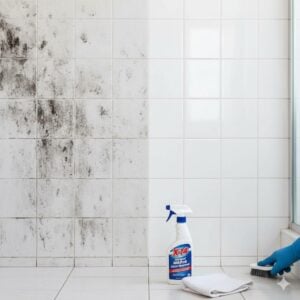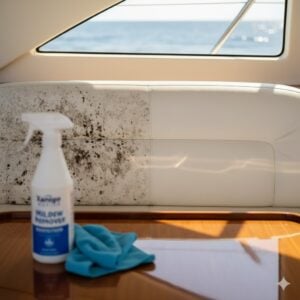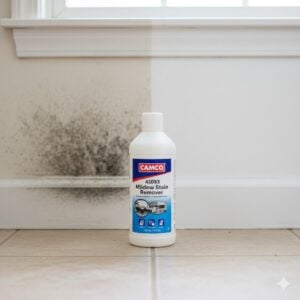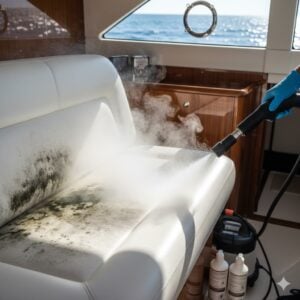We’re diving deep into the world of mold toxicity symptoms, a pressing issue that lurks in the shadows of our homes and workplaces. Understanding how to combat these symptoms is not just about enhancing our living spaces—it’s about safeguarding our health and well-being. Mold exposure can lead to a myriad of health issues, from mild allergic reactions to serious respiratory conditions. That’s why addressing mold toxicity symptoms is paramount, and we’re here to guide you through six revolutionary ways to do just that. Stay tuned as we unravel the secrets to a healthier, mold-free life!
Table of Contents
Toggle#1: Advanced Detection Techniques

In the quest to fight mold toxicity symptoms, the role of advanced detection techniques cannot be overstated. Traditional methods of mold detection often rely on visible signs or musty odors, which can be misleading or insufficient. Mold can lurk in hidden corners, behind walls, or under floors, making it difficult to detect until it’s too late. This is where the latest advancements in technology come into play, offering precise and early detection capabilities that are revolutionary in the mold remediation industry.
One such technology is infrared thermal imaging, which has become a game-changer in identifying mold growth areas. This technique allows us to see variations in temperature across surfaces, helping to identify moisture problems that are invisible to the naked eye. Since mold thrives in moist environments, these moisture pockets can indicate potential mold growth areas, even before the mold becomes visible. Infrared cameras can scan large areas quickly, making them an efficient tool in the initial assessment phase.
Another cutting-edge tool is moisture meters, which measure the moisture content of materials. High moisture content is a primary indicator of potential mold growth. By using moisture meters, we can pinpoint areas at risk and address them promptly, preventing the growth of mold. These devices come in various forms, including pin-type meters that penetrate materials for a direct measurement and non-invasive meters that use radio frequency to measure moisture levels without damaging surfaces.
Digital borescopes are also vital in mold detection, allowing for visual inspection of hard-to-reach areas. These flexible, camera-equipped probes can navigate through small openings or cavities, providing real-time images of hidden mold infestations. This method not only confirms the presence of mold but also helps in assessing the extent of the problem, guiding the remediation process effectively.
Air sampling is another advanced technique, used to measure the concentration of mold spores in the indoor environment. By comparing indoor and outdoor samples, specialists can determine if mold spore levels are unusually high within a property, indicating a mold issue. This method is particularly useful in cases where mold is suspected but not visible, ensuring that air quality is assessed and maintained.
Together, these advanced detection techniques provide a comprehensive approach to identifying mold at its source. By leveraging these technologies, we can ensure that mold is detected early, preventing the spread and mitigating the health risks associated with mold exposure. This proactive stance is crucial in maintaining healthy indoor environments and protecting occupants from mold toxicity symptoms.
#2: Eco-Friendly Remediation Methods
Eco-friendly remediation methods are at the forefront of modern mold remediation strategies, emphasizing sustainability and the health of occupants and the environment. These green approaches are designed not only to eliminate mold effectively but also to ensure that the remediation process itself doesn’t introduce harmful chemicals or long-term ecological damage.
One of the cornerstone techniques of eco-friendly mold remediation involves the use of plant-based, biodegradable cleaning agents. Unlike traditional chemical-based solutions, these natural products break down mold without releasing toxic substances into the environment. They are safe for use around children and pets, and they prevent the harsh fumes and potential health risks associated with conventional mold removal chemicals. These green cleaning agents can effectively penetrate mold colonies and neutralize them, ensuring a thorough clean without compromising on safety.
Another method is the utilization of essential oils with antifungal properties, such as tea tree oil and grapefruit seed extract. These natural substances have been shown to be effective against mold and mildew, offering a non-toxic alternative to chemical sprays. Essential oils not only address the mold issue but also leave behind a pleasant, natural scent, enhancing indoor air quality.
Moisture control is also a critical aspect of eco-friendly mold remediation. By addressing the root cause of mold growth, which is excessive moisture, we can prevent future occurrences. This involves improving ventilation, fixing leaks, and using dehumidifiers in high-humidity areas. Sustainable building materials that are resistant to mold growth are also recommended for repairs and renovations, further reducing the likelihood of mold recurrence.
Air scrubbers equipped with HEPA filters represent another eco-friendly approach, capturing airborne mold spores during and after the remediation process. These devices clean the air without emitting harmful byproducts, ensuring that indoor air quality is maintained and that spores do not spread to other areas.
In addition to these methods, eco-friendly mold remediation also emphasizes waste reduction and recycling practices. Materials removed during the cleanup process are sorted, with recyclable materials being processed appropriately, minimizing the impact on landfills.
By adopting these eco-friendly remediation methods, we can effectively tackle mold toxicity symptoms while upholding our commitment to environmental stewardship and occupant health. These green strategies are not only effective in eradicating mold but also promote a healthier, more sustainable approach to remediation that benefits everyone.
#3: Customized Cleaning Regimes
Customized cleaning regimes stand as a pivotal component in the effective management and eradication of mold toxicity symptoms. Recognizing that each mold infestation presents its own set of challenges, based on the type of mold, its location, and the extent of the contamination, a one-size-fits-all approach to cleaning is both inefficient and ineffective. Instead, tailoring the cleaning strategy to the specific situation not only ensures a higher success rate in eliminating mold but also in preventing its recurrence.
At the core of a customized cleaning regime is a thorough assessment of the mold problem. This includes identifying the type of mold present, as mold species vary widely in their resilience and the health risks they pose. Some molds may be cleaned using simple methods, while others require more aggressive treatments. Following this, the extent and location of the mold growth are assessed. Mold hidden within wall cavities, for example, may require different remediation techniques compared to mold growing on easily accessible surfaces.
Based on this assessment, a tailored cleaning plan is developed. This plan could involve a combination of techniques, ranging from dry ice blasting for removing mold from wood without the use of water, to HEPA vacuuming to capture microscopic mold spores from the air. For surface mold on non-porous materials, antimicrobial treatments that are environmentally friendly and less harmful to occupants can be effective. Meanwhile, porous materials contaminated by mold may require removal and replacement, a decision that is made based on the severity of the infestation and the potential for complete mold removal.
An integral part of a customized cleaning regime is the consideration of the occupants’ health and safety. This means employing methods that minimize exposure to mold and chemicals during the remediation process. For instance, using botanical disinfectants can offer an effective, less toxic alternative to traditional chemical disinfectants, ensuring the safety of those with sensitivities or allergies.
Moreover, preventive measures are incorporated into the cleaning regime to address the underlying causes of mold growth, such as moisture control and improving ventilation. This holistic approach not only tackles the existing mold problem but also aims to create an environment where mold is less likely to return.
Ultimately, a customized cleaning regime offers a targeted, efficient, and safe method for addressing mold toxicity symptoms. By adapting the approach to the specifics of each case, it’s possible to achieve not just a temporary fix but a long-term solution to mold problems, ensuring the health and well-being of building occupants.
#4: Innovative Air Purification
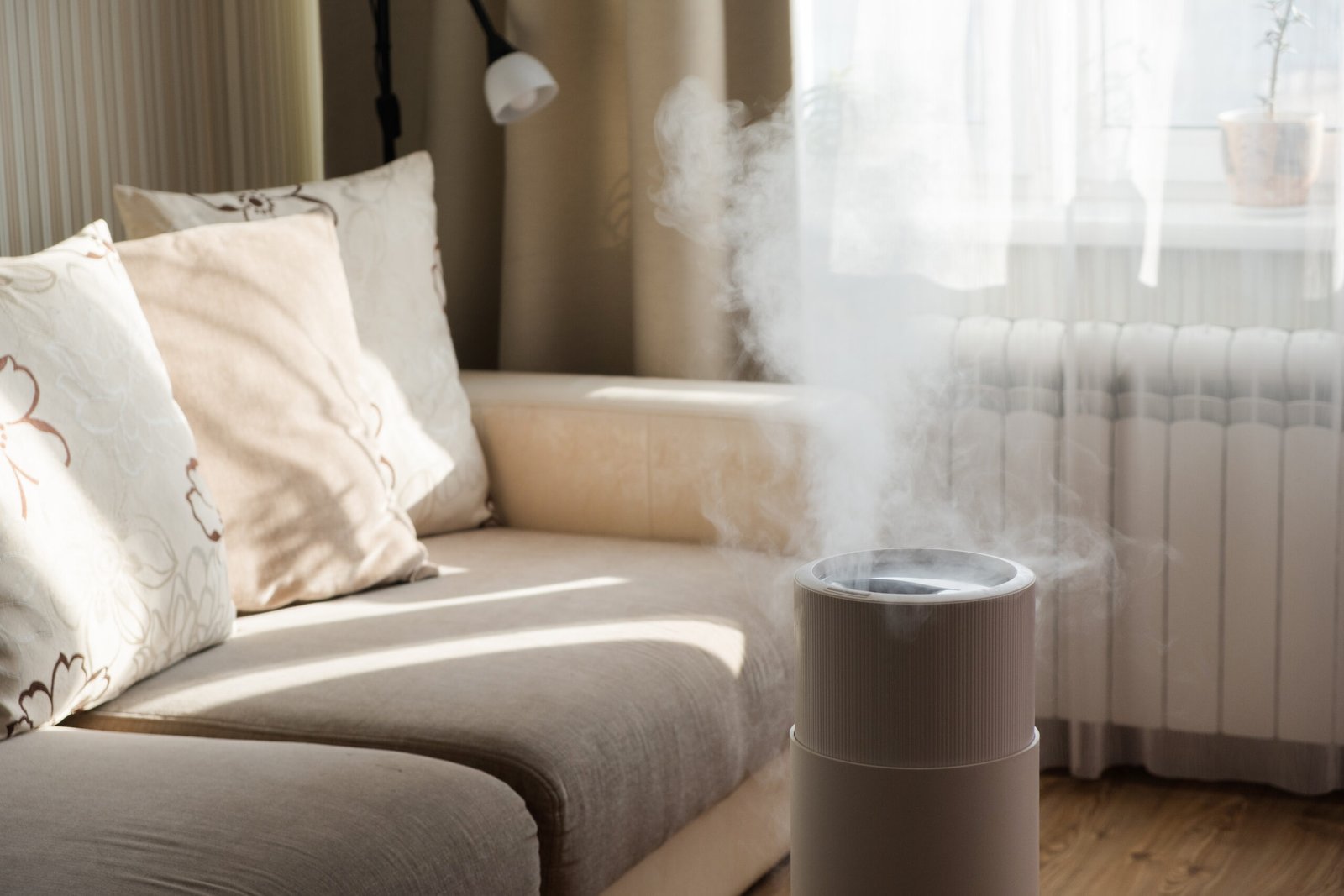
Innovative air purification technologies have become a cornerstone in combating indoor air pollutants, including mold spores, which are a primary contributor to mold toxicity symptoms. These modern solutions offer more than just filtration; they provide a comprehensive approach to purifying indoor air, targeting a range of contaminants with efficiency and precision. Understanding how these systems work and their benefits can revolutionize the way we approach air quality and mold remediation in our living and working environments.
One of the most advanced air purification technologies available today is the High Efficiency Particulate Air (HEPA) filtration system. HEPA filters are designed to capture particles as small as 0.3 microns with a 99.97% efficiency rate, including mold spores, pollen, dust mites, and other allergens. This capability makes them incredibly effective in reducing mold toxicity symptoms by significantly decreasing the concentration of mold spores in the air.
Another innovative solution is the use of Ultraviolet Germicidal Irradiation (UVGI). UVGI systems employ UV-C light to inactivate airborne pathogens and microorganisms, including mold spores, by damaging their DNA and RNA, rendering them incapable of reproduction and infection. When combined with HEPA filtration, UVGI can offer a potent defense against air quality issues related to mold.
Photocatalytic oxidation (PCO) is a newer technology that uses UV light to catalyze a reaction on a titanium dioxide-coated filter, breaking down volatile organic compounds (VOCs), bacteria, and viruses into harmless substances like carbon dioxide and water. This technology is particularly useful for eliminating odors and further reducing airborne contaminants, contributing to a healthier indoor environment.
Additionally, Ionic air purifiers, which release charged ions into the air that attach to harmful particles, making them heavier and thus easier to filter out, have also gained popularity. Some ionic purifiers are designed to specifically target mold spores, clustering them together to be captured more efficiently by air filtration systems.
Each of these technologies offers unique benefits and works best when part of a comprehensive air quality management strategy. Incorporating these innovative air purification solutions can significantly reduce the presence of mold spores indoors, thereby mitigating mold toxicity symptoms and promoting a healthier living environment. As we continue to advance in our understanding and technology, the fight against mold and poor air quality becomes more effective, ensuring safer spaces for everyone.
#5: Preventative Maintenance Plans
Preventative maintenance plans are a strategic approach to mitigating the risk of mold growth and the subsequent development of mold toxicity symptoms. By addressing the factors that contribute to mold proliferation, such as moisture levels, ventilation, and cleanliness, these plans serve as a first line of defense against mold-related issues. Implementing a regular maintenance schedule ensures that potential mold hotspots are identified and remedied before they become a health hazard.
A key component of preventative maintenance is moisture control. Mold cannot grow without moisture, so identifying and fixing leaks in pipes, roofs, and windows promptly is crucial. Regular inspections of these areas can prevent the accumulation of moisture that mold spores need to thrive. Additionally, maintaining optimal humidity levels inside buildings, ideally between 30% and 50%, can be achieved through the use of dehumidifiers and air conditioners, further inhibiting mold growth.
Proper ventilation is another critical aspect of preventing mold. Areas that are prone to dampness, such as bathrooms, kitchens, and laundry rooms, should be well-ventilated to allow moisture to escape. Vent fans that exhaust directly outside can significantly reduce humidity levels in these high-risk areas. Regular cleaning of ventilation systems, including HVAC units and ductwork, ensures they are operating efficiently and not contributing to indoor moisture levels.
Routine cleaning and decluttering also play a vital role in mold prevention. Dust and organic materials can provide food for mold, so keeping surfaces clean and dry limits mold’s ability to grow. Ensuring that carpets, draperies, and upholstery are kept dry and are cleaned regularly can reduce mold spores in the home. Furthermore, reducing clutter improves air circulation, which helps to keep moisture levels in check.
Preventative maintenance plans should also include regular assessments by mold remediation professionals. These experts can identify potential mold issues that may not be visible to the untrained eye, offering solutions to prevent mold growth. Their expertise can be invaluable in creating a mold-resistant environment.
By incorporating these preventative strategies into a regular maintenance plan, building owners and occupants can significantly reduce the risk of mold growth and the health issues associated with mold exposure. This proactive approach not only safeguards the structural integrity of buildings but also protects the health and well-being of its occupants, making it an essential component of property management and personal health care.
#6: Educating Occupants on Mold Awareness
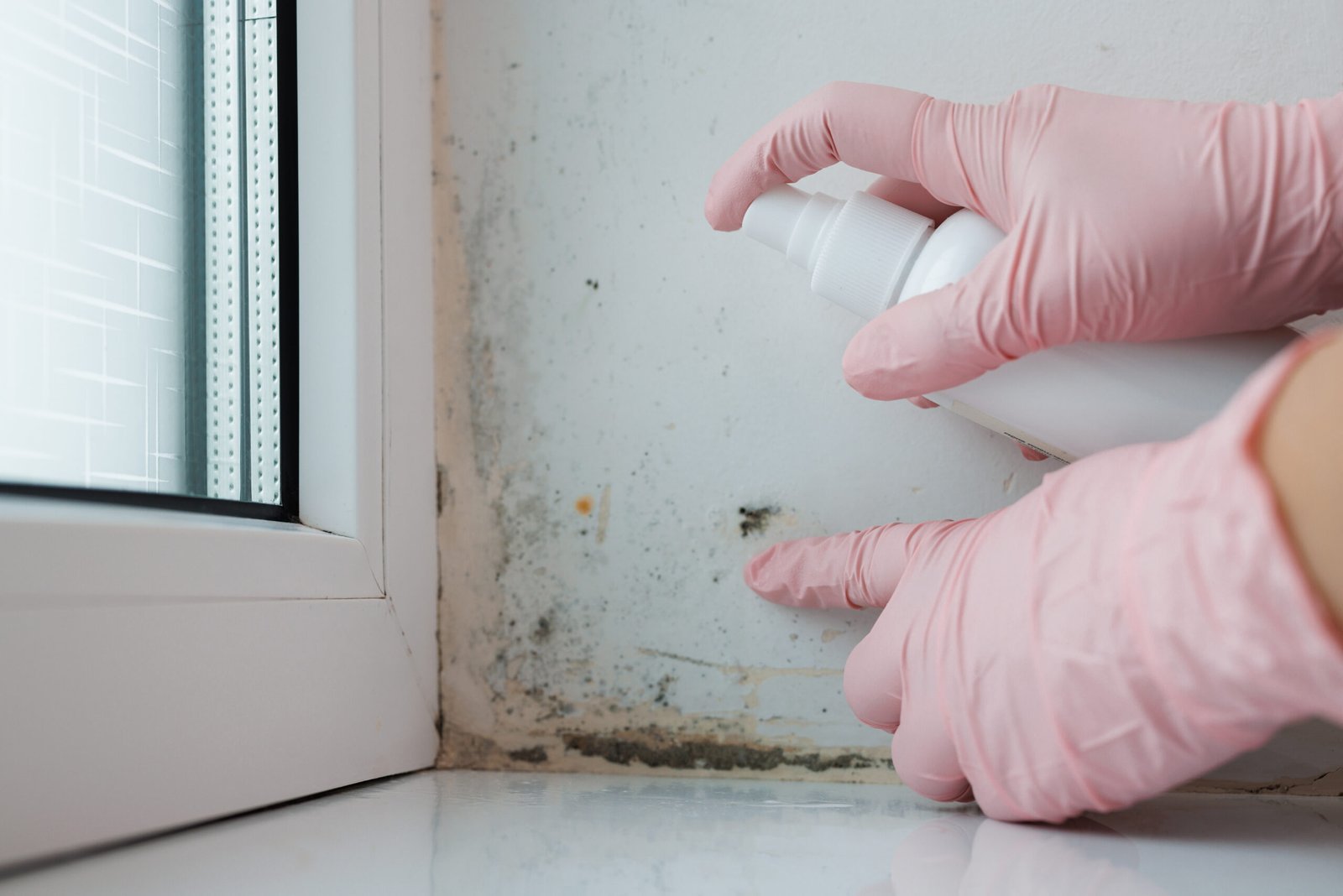
Educating occupants on mold awareness is a pivotal step in the prevention and early detection of mold growth, thereby reducing the risk of mold toxicity symptoms. Knowledge empowers individuals to take proactive measures in maintaining a healthy indoor environment, recognizing potential mold issues before they escalate into serious health hazards or extensive property damage.
Firstly, understanding the conditions that promote mold growth is essential. Mold thrives in moist, warm environments with poor ventilation. Educating building occupants about the importance of controlling indoor humidity, ensuring proper ventilation, and promptly addressing water leaks can significantly mitigate mold risks. Information sessions, pamphlets, or even digital communications can serve as effective mediums to disseminate these key messages.
Occupants should also be made aware of the common signs of mold presence, which include visible mold growth, musty odors, and water damage. Knowing what to look for enables individuals to identify potential mold issues early and seek remediation services before the problem worsens. Additionally, recognizing health symptoms related to mold exposure, such as respiratory issues, allergies, or unexplained illnesses, can also prompt earlier investigation and intervention.
Another critical area of education is the proper response to discovering mold. This includes understanding when it is safe to clean mold oneself and when it is necessary to call in professional remediation services. For small areas of mold, simple cleaning with appropriate solutions might be sufficient. However, for larger infestations, or in cases involving sensitive populations, professional assessment and remediation are advised to ensure the mold is effectively and safely removed.
Preventative practices, such as using dehumidifiers, maintaining good air circulation, and using mold-resistant products in high-moisture areas, should also be part of the educational content. Practical tips, such as how to properly use and maintain HVAC systems to prevent mold growth, can be invaluable to occupants, helping them to take an active role in mold prevention.
Ultimately, educating occupants about mold awareness equips them with the knowledge to maintain a healthier living or working environment. It fosters a culture of prevention and responsibility, where everyone plays a part in mitigating mold risks. This collaborative approach not only contributes to the physical well-being of individuals but also protects the structural integrity of properties, creating safer, more comfortable spaces for all.
Why Bio On is Your Go-To Mold Toxicity Symptoms
Bio-On stands out as your definitive solution for combating mold toxicity symptoms due to our comprehensive approach that encompasses cutting-edge detection techniques, eco-friendly remediation methods, and customized cleaning regimes tailored to your specific needs. Our team of experts leverages the latest in innovative air purification and preventative maintenance plans to ensure a mold-free environment.
What sets us apart is our commitment to not only addressing the immediate mold issues but also educating occupants on mold awareness, empowering them to maintain a healthy living space. Our dedication to using environmentally safe practices further underscores our commitment to your health and safety. Choose Bio-On for a mold solution that prioritizes effectiveness, sustainability, and education, making us your go-to partner in maintaining a clean and safe environment.
Conclusion
Effectively combating mold toxicity symptoms requires a multifaceted approach that includes advanced detection, eco-friendly remediation, customized cleaning, innovative air purification, proactive maintenance, and occupant education. Embracing these comprehensive strategies not only mitigates the risks associated with mold but also promotes a healthier, safer living environment. Recognizing the importance of expert intervention in these efforts, Bio-On offers unparalleled services tailored to address and prevent mold issues comprehensively. We encourage you to take the first step towards a mold-free environment by contacting our team via the Whatsapp button for a free consultation. Trust Bio-On to be your ally in ensuring your space is safe, clean, and mold-free.







